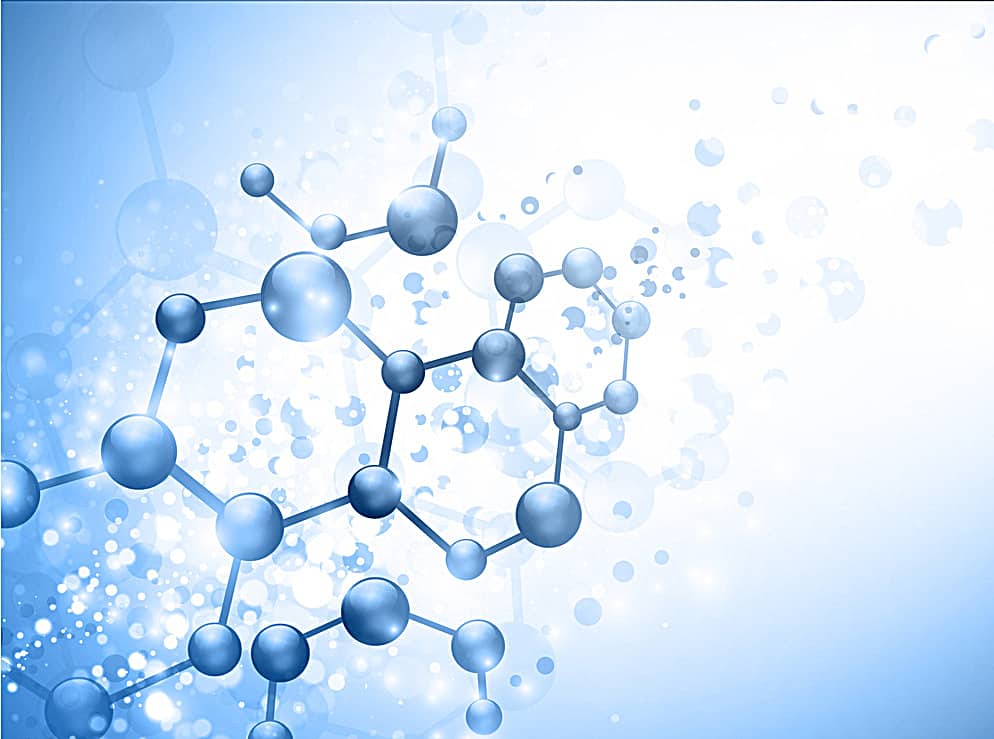CSIR NET Chemical Science – Physical Chemistry – Thermodynamics Notes
CSIR NET Chemical science exam is conducted twice a year by NTA & CSIR HRDG. Due to the COVID pandemic, it’s a little out of the regular schedule; from next year, it should be back on track. The upcoming CSIR NET exam is scheduled to be conducted in September. Rasayanika is here with some CSIR NET Chemical science notes that will help you in revision for the upcoming year and also will help you prepare for the Next CSIR NET chemical science exam. Below you can download full notes on The Topic – CSIR NET Physical Chemistry – Thermodynamics.
Reference Book List for CSIR NET Physical Chemistry – Thermodynamics:
- A textbook of physical chemistry by K.L Kapoor
- Physical chemistry by Atkins
TOPICS COVERED IN The NOTES :
- Laws, state and path functions and their applications;
- Thermodynamic description of various types of processes;
- Maxwell’s relations;
- spontaneity and equilibria;
- temperature and pressure dependence of thermodynamic quantities;
- Le Chatelier principle;
- an elementary description of phase transitions
- phase equilibria and phase rule;
- thermodynamics of ideal and non-ideal gases, and solutions
Download CSIR NET Thermodynamics FULL Notes Below:
Thermodynamics studies the effects of work, heat , and energy on a system. It is only concerned with macroscopic (large-scale) changes and observations.
To study thermodynamics few basic concepts have to be known. Those are as follows,
- Work: Work is a quantity that flows across the boundary during a process and is manifested by lifting and lowering of mass in the surrounding.
- Heat: Heat is a quantity that flows across the boundary during a process from a point of high temperature to a point of low temperature.
- State function: State function is a thermodynamic term that is used to name a property whose value does not depend on the path taken to reach that specific value. State functions are also known as point functions.Ex: Internal energy, enthalpy, entropy, temperature, pressure, etc.
- Internal energy: The total energy stored by a system for its existence is called internal energy (U).
- Path function: Path function is a thermodynamic term used to name a property whose value depends on the path taken to reach that specific value. Ex: Mechanical work, heat
- System: A system is anything under thermodynamic observation In which at least one thermodynamic variable is defined.
- Surrounding: Every part of the system except the universe is regarded as surrounding.
- Boundary: Hypothetical or real separation between system and surrounding is known as boundary.
- Thermodynamic process: Thermodynamic processes are those which can change the thermodynamic state of the system. Ex: there are four types of thermodynamic processes
- Isothermal – dT= 0
- Isobaric – dP = 0
- Isochoric – dV = 0
- Adiabatic – dq = 0
10) Thermodynamic path: The way to perform the thermodynamic process, such as Reversible and irreversible paths
Reversible process: A reversible process is a process whose direction can be reversed to return the system to its original state by inducing infinitesimal changes to some property of the system’s surroundings.
Irreversible process: A process that is not reversible is called irreversible
11) Thermodynamic equilibrium: It is a state in which no change in the thermodynamic variable is observed.
Tf = Ti (thermal equilibrium)
Pf = Pi (mechanical equilibrium)
Laws of Thermodynamics
Zeroth law of thermodynamics:
The Zeroth law of thermodynamics is also known as the law of thermal equilibrium.
Ex: If two systems are independently in thermal equilibrium with a third system, they will also be in equilibrium.
The thermometer’s calibration is mainly based on the Zeroth law of thermodynamics.
Overall the two objects at different temperatures in thermal contact tend to move towards the same temperature.
The First law of thermodynamics:
It is an extension of the law of energy conservation, which states that energy can neither be created nor destroyed, although it can be converted from one form to another.
U = Q + W
For a thermodynamic process without the transfer of matter, the change in the internal energy of a system is equal to the heat added to the system minus the work done by the system. The beauty of this law lies in the fact that both Q & W are path functions, but change is internal energy is a state function.
ΔU = Q – W where,
ΔU = Change in internal energy
Q = Heat added to the system
W = Work done by the system
So, when work done is on the system, W = +ve
And when work done is by the system, W = -ve.
Download Complete Notes of CSIR NET Chemical Science: Physical Chemistry Thermodynamics Here
Information derived from the first law of thermodynamics (ΔU = q + w)
We can have an idea about some process terminologies from here.
- If no work is done, w = 0, then :
ΔU = q (This relation is true for the isochoric process)
- If there is no exchange of heat between the system and surroundings, q = 0, then:
ΔU = w (This relation is true for adiabatic process)
- If there is no change in the internal energy of the system, ΔU = 0, then:
q = -w (This relation is true for isothermal and cyclic processes)
But “-w” represents the work done by the system. Thus, when the energy of the system is kept constant then heat absorbed by the system is equal to the work done by the system. Because when heat is added into the system, it can do two things. Either it can increase the internal energy or can do work. Since internal energy does not change, the only option available for the system is to do work.
So, the processes are –
- Isochoric process (change of volume = 0)
- Adiabatic process (change of heat = 0)
- Isothermal process (change of temperature = 0)
Application of First law:–
- The first law of thermodynamics applied to the Carnot cycle
Heat Engine is a machine that converts heat energy into work. But all the engines that we see around us cannot have 100% efficiency.
Sadi Carnot proposed : The Carnot cycle which has the highest efficiency possible for an engine.
Based on this carnot cycle, a hypothetical ideal model of heat engine is formed known as Carnot’s Engine
The carnot cycle is a cyclic process in which each step operates under reversible conditions. Reversible condition is necessary because the work done from a reversible process is always greater than the irreversible process. The working substance used in this process is an ideal gas.
Four steps of the Carnot cycle. The Carnot cycle for a fluid involves the following four reversible operations: CONTD…..
Download Complete Notes of CSIR NET Chemical Science: Physical Chemistry Thermodynamics Here
Or
FILL UP THE FORM BELOW:
Top 10 Important Topics To Study From Organic Chemistry For The CSIR NET Exam


















































Csir net most topic for net jrf